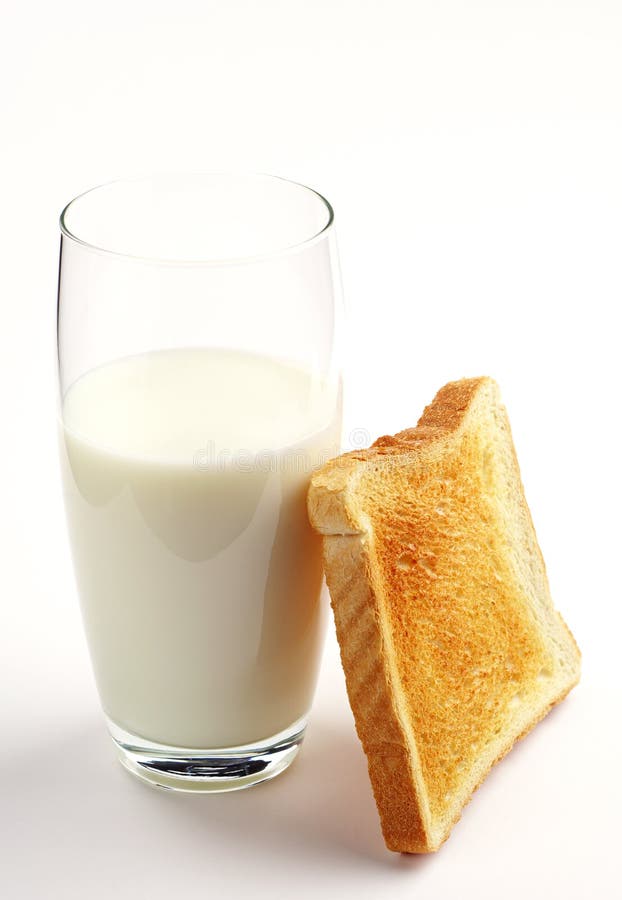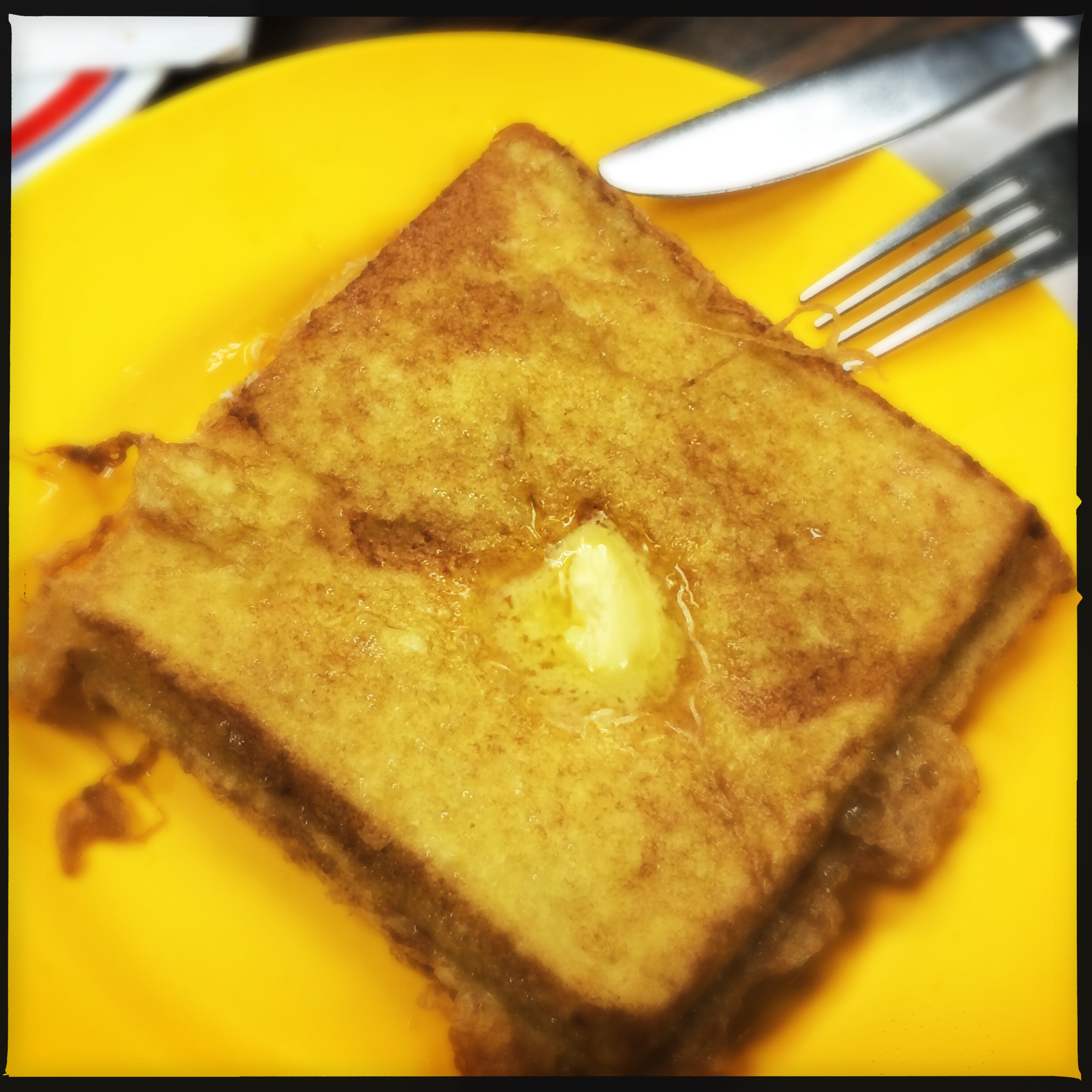

The round-topped loaf is baked without a lid, which allows it to stretch upward and have a light and soft texture. a round-topped loaf called yamagata shokupan (山型食パン), yama shokupan (山食パン), or yama shoku (山食 in Hokkaido).a flat-topped loaf called kakugata shokupan (角型食パン), kaku shokupan (角食パン), or kaku shoku (角食 mainly in Hokkaido) and.This helps give brioche its signature golden color and a denser, chewier texture than shokupan. It uses a lot more butter than shokupan dough, giving brioche a sweeter and more buttery taste. Brioche is a much richer bread than Japanese milk bread. While both shokupan and brioche are soft and buttery, they are actually quite different. Typically cut into thick slices, its flavor and texture are well suited for anything from breakfast toast to Japanese-style sandwiches. You’ll instantly recognize shokupan by its distinctive square or rectangular block shape. With its higher fat content, shokupan is a richer product than traditional white bread. Shokupan is distinct from other types of bread in its texture, flavor, shape, and slice thickness. This delicate balance comes from simple ingredients like white flour, yeast, milk powder, butter, salt, and sugar. As a result, shokupan is at once slightly sweet, buttery, and milky. Over the decades, Japanese bakers modified the typical Pullman loaf to appeal to the Japanese palate. While I’ve seen Japanese milk bread also referred to as Hokkaido milk bread, the Japanese do not use either of these names and simply call it shokupan, which translates to “eating bread.” What Does Shokupan Taste Like? It has an exterior golden crust and an interior white crumb that’s light as a cloud and fluffy as cotton! It’s the most tender and moist bread you’ll find. The characteristics of this bread are its delicate texture and subtly sweet taste. S hokupan (食パン) or simply Japanese milk bread is the Japanese version of sandwich bread or Pullman loaf.


Those few grams of liquid or dry ingredients do make a difference. Precision is required for a successful outcome. It is easy for the beginner home baker to follow along and you’ll find all the tips needed to make the best shokupan. I hope you will, too.īefore I begin, I’d like to give you a heads up: Both this blog post and my recipe are long, but for good reasons. I’ve given this bread to my Japanese and non-Japanese friends, and they all highly approve of the results. This recipe makes a really delicious loaf. But, I’m here to tell you that there’s nothing like homemade shokupan! The square-shaped white bread is incredibly soft, fluffy, and super moist, even after toasting! These days, you can find shokupan at Japanese or Asian bakeries and markets. Growing up in Japan, I ate Japanese milk bread, or what we call shokupan (食パン), as a staple for breakfast. Here, I’ll show you two different styles: One with a rounded top and one with a flat top. If you’ve been searching for the perfect milk bread recipe, you’re in luck today. Regardless of the details, the key to a milk bread is in the tangzhong.Japanese Milk Bread, or Shokupan, is possibly the best version of soft white bread! Known for its milky-sweet taste and pillowy softness, it’s enjoyed daily in Japan as breakfast toast and sandwich bread. SBS points out that the bread usually comes in one of two shapes: with round mountainous tops known as yama, or with flat and squared corners known as kaku. Along with milk, adding fresh cream will make the loaf lusher, while mascarpone will make it smoother. Because of the tangzhong, the flour in the milk bread can absorb more liquid, which, the site says, is what makes the bread moist. To the roux, the usual flour, eggs, salt, sugar, yeast, butter, and milk are added in, per MasterClass. According to this method, a yudane, or tangzhong - a roux cooked from a 1:5 ratio of flour and water and sometimes milk at 149 degrees - is used as the base for milk bread and gives the bread its stretchy, chewy, and bouncy texture (via SBS). It is widely believed that the secret to making milk bread was adopted by Japanese bakers in the 20th century, based on a method that was used in China to bake soft, delicate, and sweet breads.


 0 kommentar(er)
0 kommentar(er)
